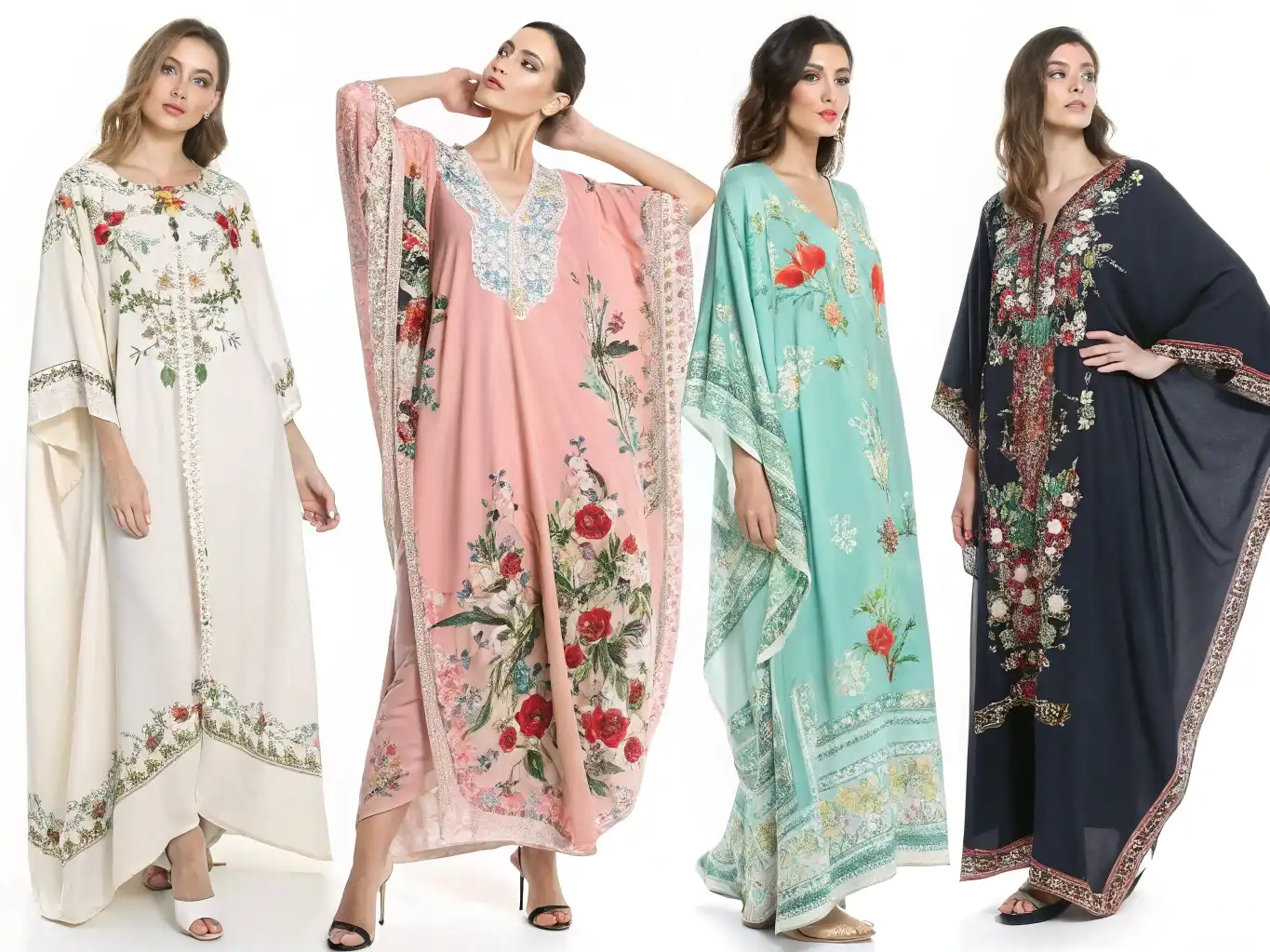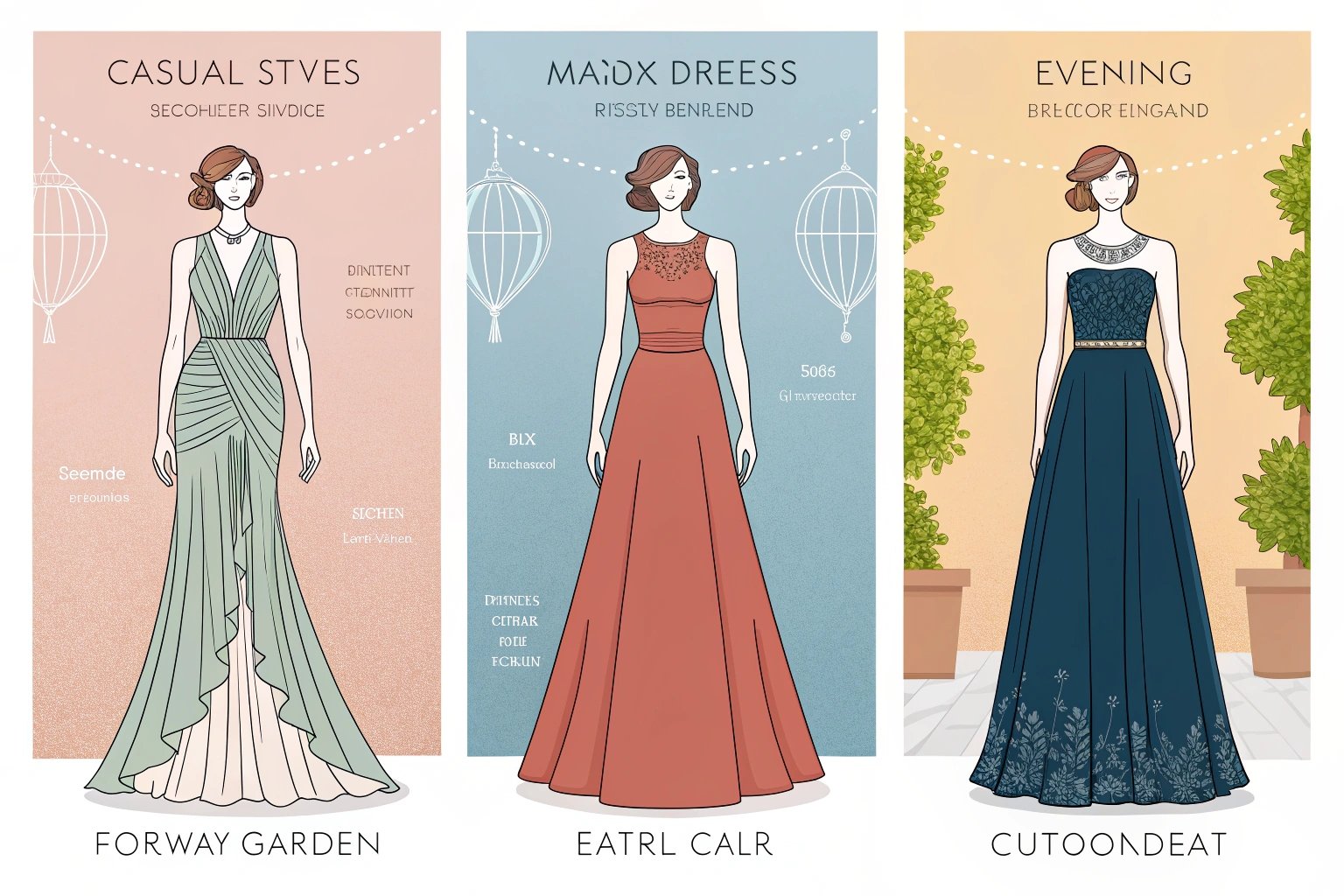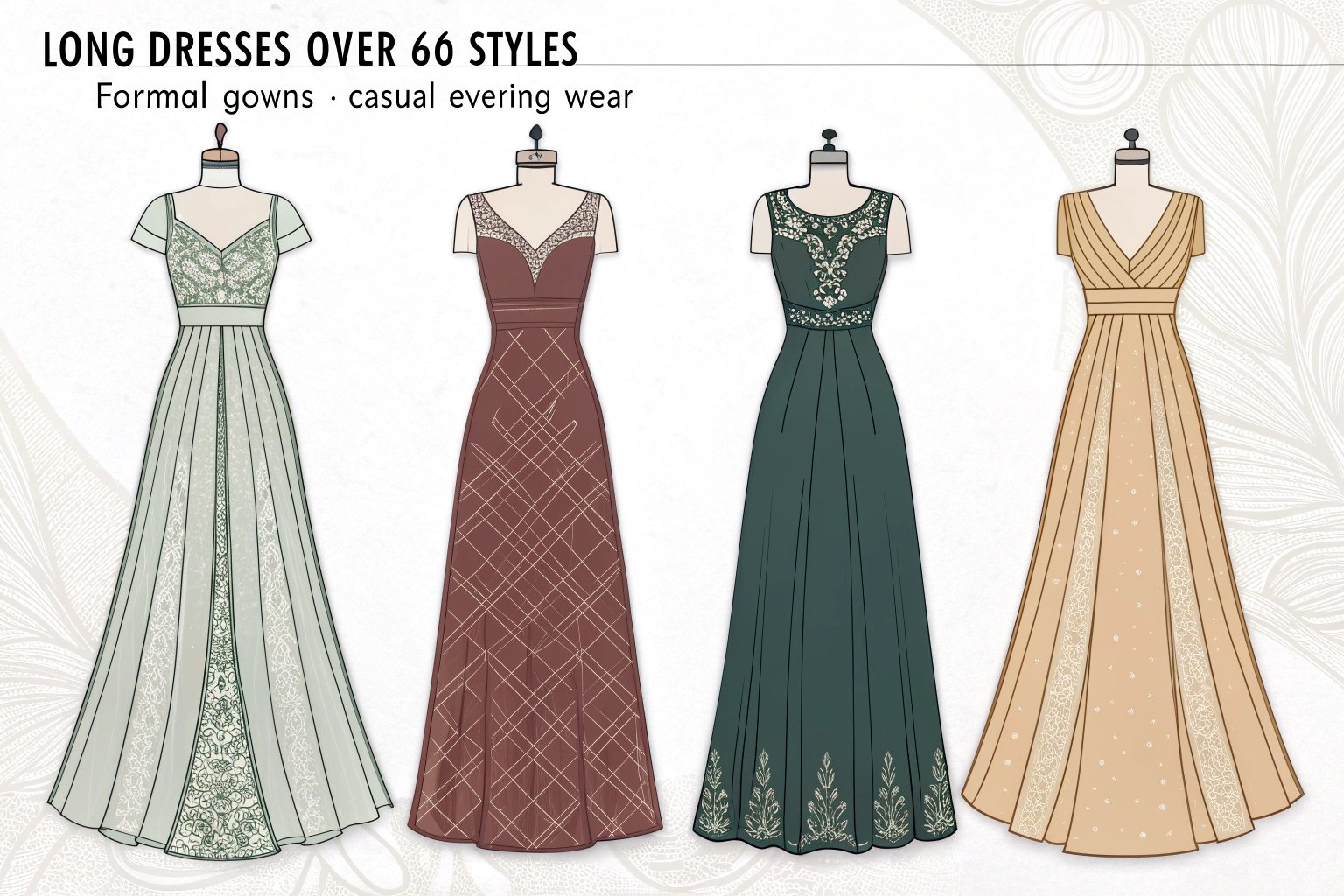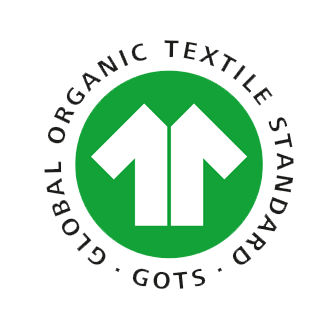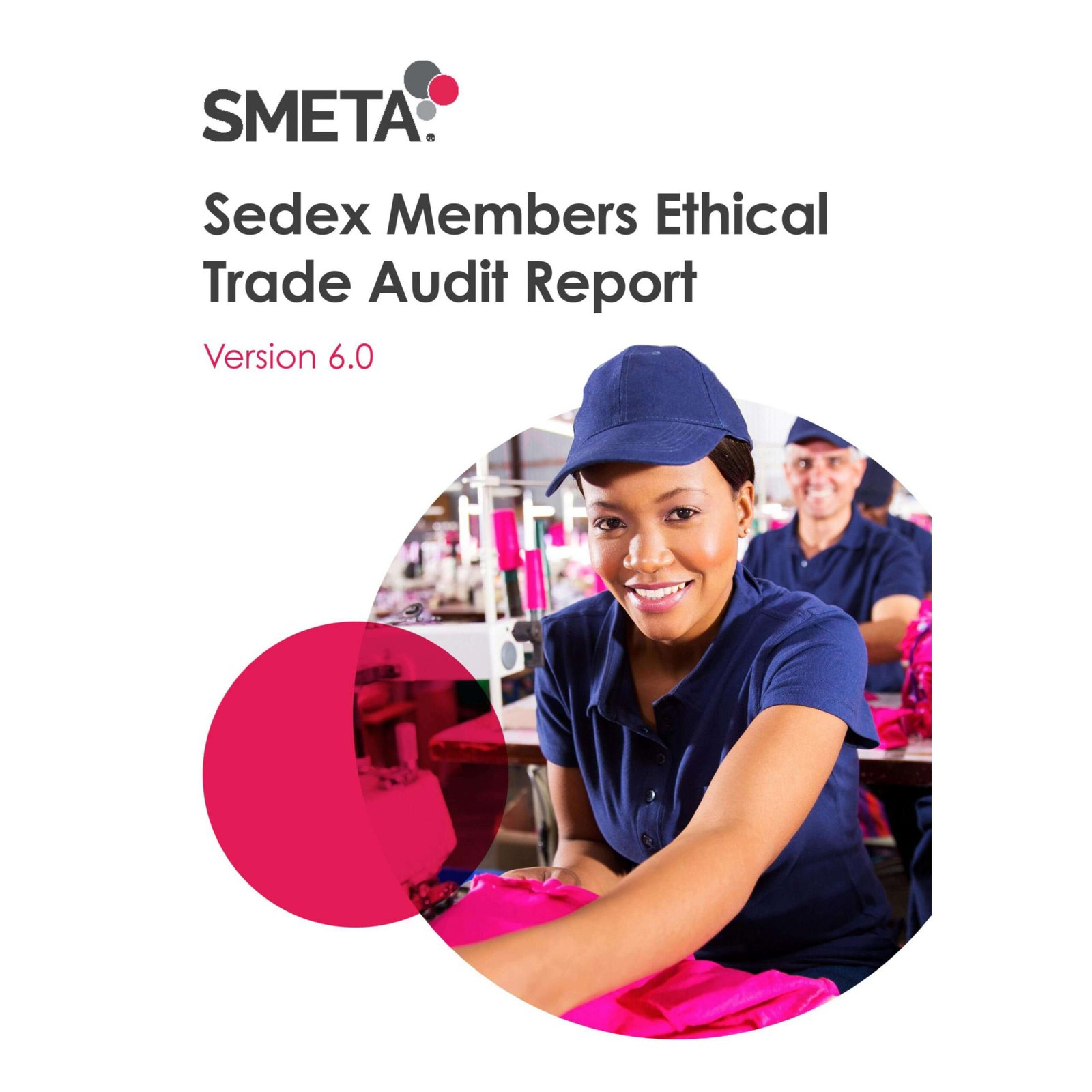Custom-made clothing1 offers a unique fit, style, and quality, but it often comes at a premium price. Whether you’re looking for a tailored suit or a one-of-a-kind dress, understanding the factors that influence the cost of custom clothing can help you make informed decisions. In this article, we’ll break down what drives the price and what you can expect to pay for custom-made garments.
Custom clothing pricing depends on multiple factors, including fabric, design complexity, labor, and the reputation of the tailor or manufacturer. Let’s explore these factors in more detail to give you a clearer understanding of what affects the cost.
The cost of custom-made clothes can vary significantly depending on several factors, from the fabric you choose to the complexity of the design. Knowing these variables can help you assess whether custom clothing is worth the investment for you. Let’s dive into the key factors that influence custom clothing prices.
What Factors Influence the Cost of Custom Clothing?
Custom clothing can be expensive, and it’s essential to understand what factors contribute to the final price. From fabric choices to the time needed for tailoring, multiple elements come into play.
Fabric quality, design complexity, and tailoring time2 are just a few of the main factors that affect the price of custom-made clothing. These elements can all impact how much you should expect to pay.
 Fashion designer sketching a new collection.
Fashion designer sketching a new collection.
Understanding the primary cost-driving factors can help you assess what you are paying for and decide on the level of customization that fits your budget. Let’s break down the key components that influence pricing:
| Factor | Description | Impact on Price |
|---|---|---|
| Fabric Quality | The type of fabric used (e.g., wool, silk, cotton) | Premium fabrics like silk and cashmere can significantly increase the cost. |
| Design Complexity | Intricate designs or custom cuts | More complex designs take additional time and skill, increasing the cost. |
| Tailoring Time | Hours spent by the tailor or designer | The more time needed for fitting, adjustments, and final touches, the higher the price. |
| Reputation of the Tailor | Well-known or highly skilled tailors and designers | Established names in custom clothing tend to charge more for their expertise and brand recognition. |
How Do Fabric Quality and Material Choices Affect the Price of Custom Clothing?
The type of fabric used in custom clothing has a significant impact on the overall cost. Premium fabrics such as silk, wool, and high-quality cotton usually drive up the price due to their higher material cost.
Fabrics like silk or leather require more attention during the tailoring process and are generally more expensive than standard options like polyester or basic cotton.
| Fabric Type | Price Range (per yard) | Impact on Final Price |
|---|---|---|
| Cotton (Standard) | $5 – $20 | Affordable, commonly used in custom t-shirts or casual wear. |
| Wool (High Quality) | $20 – $80 | Higher cost, durable and luxurious fabric for custom suits3 or outerwear. |
| Silk | $30 – $100 | Expensive, used for high-end garments like evening dresses. |
| Leather | $50 – $200 | High cost, typically used for jackets, shoes, or accessories. |
How Do Design Complexity and Customization Impact Clothing Costs?
The more complex and customized the design, the more expensive the custom clothing will be. Custom designs, such as unique patterns, embroidery, or intricate cuts, require additional time, skill, and materials.
A simple dress may only require basic tailoring, while a custom evening gown or a hand-embroidered jacket will take more hours of detailed work and expertise, driving up the cost.
| Design Complexity | Description | Price Impact |
|---|---|---|
| Simple Design | Basic cuts, minimal detailing | Lower cost as it requires less labor. |
| Custom Embroidery | Hand or machine embroidery on fabrics | Increases price due to added labor and time. |
| Tailored Fit | Custom measurements and fit adjustments | Slightly higher price for personalized fit. |
| Intricate Patterns | Unique designs or patterns that require more time | More expensive due to extra design and stitching time. |
How Much Should You Expect to Pay for Custom Clothing?
Custom clothing prices vary significantly depending on the garment type and customization level. Let’s look at how much you can expect to pay for different types of custom clothing pieces.
The price range for custom-made clothing can be broad, from a few hundred dollars for a custom shirt to thousands of dollars for a luxury suit or gown. Understanding the average pricing for different garments can help you set a realistic budget.

Below is a general pricing guideline for different types of custom clothing:
| Garment Type | Average Price Range | Key Factors That Influence Price |
|---|---|---|
| Custom Suits | $500 – $3,000+ | Fabric quality, design complexity, tailor’s reputation |
| Custom Dresses | $300 – $2,000+ | Design, fabric, complexity of customization |
| Custom Shirts | $100 – $500 | Fabric choice, fit adjustments, embroidery or customization |
| Custom Jackets | $200 – $1,500+ | Material choice, detailing, custom tailoring |
What Is the Average Price Range for Custom Clothing Pieces?
Custom-made clothing can vary widely based on the garment type and design complexity. On average, custom shirts4 can cost between $100 to $500, while a tailored suit might range from $500 to $3,000, depending on the materials and tailor.
For example, custom-made shirts typically cost between $100 to $500, while a custom suit or evening gown can easily cost upwards of $1,000 to $2,000, depending on the fabric and detailing.
How Do Custom Clothing Prices Vary Between Different Types of Garments?
Different types of custom clothing will have different price points based on factors like fabric, design, and tailoring time.
Custom-made shirts are generally more affordable compared to custom suits, dresses, or outerwear due to the lower fabric requirements and simpler design.
| Garment Type | Average Price Range | Key Considerations |
|---|---|---|
| Custom T-shirts | $50 – $150 | Basic customizations like logo or text. |
| Custom Pants | $100 – $500 | Fabric, design, and fit adjustments impact cost. |
| Custom Outerwear | $200 – $2,000+ | Expensive materials like leather or wool increase cost. |
How Do Tailors and Custom Clothing Manufacturers Determine Pricing?
Custom clothing pricing isn’t arbitrary; it is determined by various elements such as labor time, skill, and materials. Let’s explore how tailors and manufacturers set their pricing.
Tailors and clothing manufacturers typically base their prices on the amount of labor required, the time needed to complete the garment, and the quality of materials used. Reputation and experience also play a role in pricing.
Pricing in custom clothing is largely determined by the following factors:
| Factor | Description | Impact on Price |
|---|---|---|
| Labor Costs | The skill level of the tailor or manufacturer | Highly skilled tailors will charge more. |
| Time to Complete | The time taken to complete the garment | More time spent on detailed tailoring increases the price. |
| Materials Used | Cost of fabrics and other materials | Premium materials drive up the cost. |
What Is the Role of Labor and Time in Custom Clothing Pricing?
Labor and time are perhaps the most significant factors in determining the price of custom-made clothing.
More complex and detailed designs take longer to complete, and skilled labor is priced higher. The amount of time a tailor or manufacturer spends on your garment will directly influence its final cost.
How Does the Reputation of a Tailor or Manufacturer Affect the Price?
Well-established tailors or brands with a strong reputation for craftsmanship and quality will often charge more for their services.
Reputation reflects the skill, experience, and quality associated with a particular tailor or manufacturer, which justifies the higher price for many buyers.
| Reputation | Description | Price Impact |
|---|---|---|
| High-End Designers | Renowned for their quality and craftsmanship | Higher prices due to brand prestige and skill. |
| Lesser-Known Tailors | Skilled but less well-known | More affordable but possibly less consistent quality. |
How Can You Save Money on Custom Clothing Without Compromising Quality?
Custom clothing doesn’t always have to break the bank. There are ways to get high-quality, tailored clothing without paying premium prices.
By making smart choices in design, fabric, and ordering volume, you can reduce costs while still maintaining the quality you desire.
Below are some tips for saving money on custom clothing without sacrificing quality:
| Strategy | Description | Potential Savings |
|---|---|---|
| Opt for Simpler Designs | Choose simple designs and fewer custom details | Reduces labor costs and tailoring time. |
| Use Mid-Range Fabrics | Choose fabrics that are durable yet cost-effective | Saves money without compromising on quality. |
| Consider Bulk Orders | Ordering multiple items at once | Can lead to discounts and lower per-item prices. |
Are There Cost-Effective Alternatives to Fully Custom Clothing?
If fully custom clothing isn’t within your budget, consider options like made-to-measure5 or semi-custom garments.
Made-to-measure clothing uses standard patterns adjusted to your measurements and is typically more affordable than fully custom-made items.
How Do Bulk Orders or Repeat Business Affect Pricing for Custom Clothing?
Ordering multiple pieces or establishing a long-term relationship with a tailor can lead to better pricing and discounts.
Bulk orders often come with volume discounts, and repeat business can help you negotiate better terms for future orders.

Is Custom Clothing Worth the Investment?
Custom clothing offers a level of quality and personalization that off-the-rack garments cannot. But is it worth the investment? Let’s explore the benefits of custom-made clothing.
While custom clothing comes at a higher price, it often provides better fit, longer longevity, and greater satisfaction compared to ready-made items.
Custom clothing offers several advantages, including:
| Benefit | Description | Long-Term Value |
|---|---|---|
| Perfect Fit | Tailored garments ensure a better fit | Reduces the need for alterations and ensures comfort. |
| High-Quality Materials | Custom clothing often uses superior fabrics | Lasts longer, retains its look, and is more durable. |
| Unique Designs | Custom-made garments offer unique, personalized styles | Stand out with one-of-a-kind pieces, perfect for your style. |
How Does Custom Clothing Compare to Ready-Made in Terms of Longevity and Fit?
Custom-made clothing generally lasts longer than ready-made garments due to superior fabrics and craftsmanship.
Additionally, custom clothing fits better, as it’s tailored to your specific measurements, reducing the likelihood of wear and tear from poor fit.
What Are the Benefits of Investing in Custom Clothing?
The benefits of custom clothing extend beyond just fit and material quality. Custom garments offer individuality, durability, and a high level of comfort.
Investing in custom clothing ensures a perfect fit, unique style, and long-lasting quality that ready-made garments can’t match.
Conclusion
Custom-made clothing is an investment that offers exceptional fit, high-quality materials, and unique designs tailored to your specifications. While the price may be higher than ready-made garments, the benefits such as durability, comfort, and individuality often justify the cost. Understanding the factors that influence pricing—such as fabric quality, design complexity, labor, and the reputation of the tailor—can help you make informed decisions and find the best value for your money.
By considering alternatives like made-to-measure clothing or bulk orders, you can also reduce costs while still enjoying the perks of personalized garments. Ultimately, custom clothing is worth the investment for those seeking long-lasting, unique pieces that reflect their personal style and fit perfectly.
-
Explore the unique advantages of custom-made clothing, including fit, style, and quality. ↩
-
Discover the relationship between tailoring time and the final cost of your custom pieces. ↩
-
Explore the pricing structure for custom suits and what affects their cost. ↩
-
Understand the price range for custom shirts and what factors influence their cost. ↩
-
Discover the benefits of made-to-measure clothing as a cost-effective alternative. ↩


